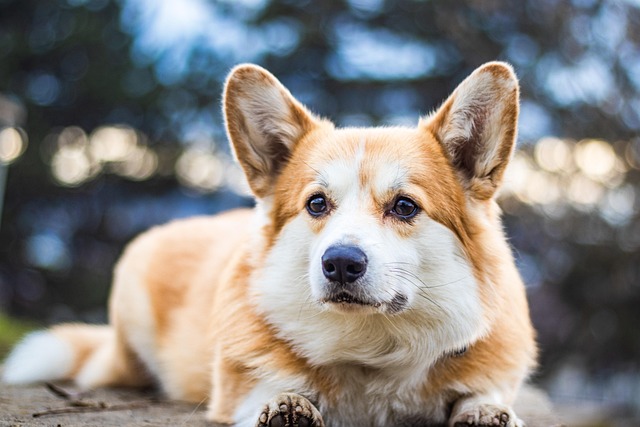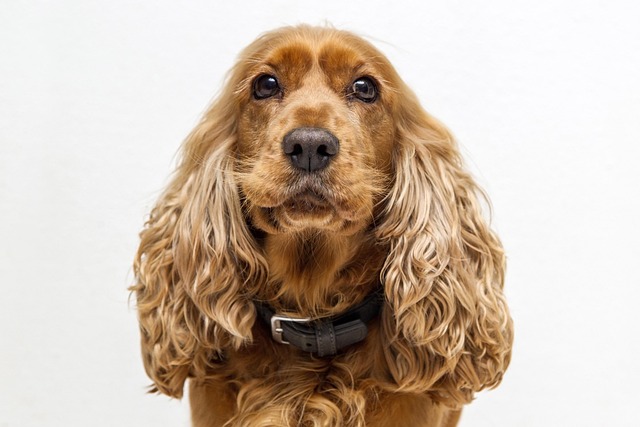Dogs lashing out during grooming isn’t about being “bad”—it’s often fear, confusion, or even physical discomfort. Maybe the clippers buzz too loud, or a brush tugs at matted fur. I’ve seen it with a golden retriever in Portland who’d snap every time someone touched her paws; turns out, she’d once had a nail trimmed too short, leaving a lasting memory of pain. Grooming should feel safe, but when it doesn’t, biting becomes their way of saying “stop.”
Start small and slow. Instead of diving into a full brush session, spend 30 seconds a day gently handling their paws, ears, and belly—areas many dogs find sensitive. Pair this with treats they love, like freeze-dried chicken or peanut butter (just check it’s xylitol-free, as that’s toxic). Over time, they’ll link your touch to good things, making grooming less stressful for both of you.
Tools matter too. Dull clippers can pinch, so invest in sharp ones designed for their coat type—slicker brushes for curly hair, rubber ones for short coats. If the noise scares them, try turning the clippers on in another room first, gradually moving closer as they get used to the sound. Take breaks if they seem anxious; a 10-minute pause with playtime can reset their mood better than pushing through.
 If biting persists, it might signal deeper issues. Some dogs have past trauma, while others could be in pain from an unseen injury. In this case, consult a certified dog behaviorist—look for someone with credentials from the IAABC or CCPDT. Never punish a dog for biting during grooming; yelling or hitting will only make them more fearful, increasing the risk of escalation. Remember, many places in Europe and North America have laws against harsh training methods, so positive reinforcement isn’t just kind—it’s often legally smarter.
If biting persists, it might signal deeper issues. Some dogs have past trauma, while others could be in pain from an unseen injury. In this case, consult a certified dog behaviorist—look for someone with credentials from the IAABC or CCPDT. Never punish a dog for biting during grooming; yelling or hitting will only make them more fearful, increasing the risk of escalation. Remember, many places in Europe and North America have laws against harsh training methods, so positive reinforcement isn’t just kind—it’s often legally smarter.
Know your local rules too. In cities like London and New York, there are strict guidelines on pet welfare, and allowing a dog to become stressed to the point of aggression could have consequences. Some areas require professional groomers to have training in handling anxious dogs, so if you’re not confident, hiring a pro might be the best move. They’ll have the skills to read your dog’s body language—like flattened ears or a stiff tail—and adjust their approach before things get tense.
Consistency is key. Grooming should be a regular routine, not a once-in-a-while chore. Even short, daily sessions build trust faster than hour-long marathons once a month. Watch for signs of progress: a relaxed mouth, wagging tail, or them leaning into the brush instead of pulling away. Celebrate those wins with extra treats—they’ll notice, and so will you.
Stopping grooming biting takes patience, but it’s worth it. When your dog stops seeing the brush as a threat, those moments become bonding time, not battles. You’ll both breathe easier, and you’ll know you’re doing right by them—by the law, and by the trust you’ve built together.

 If biting persists, it might signal deeper issues. Some dogs have past trauma, while others could be in pain from an unseen injury. In this case, consult a certified dog behaviorist—look for someone with credentials from the IAABC or CCPDT. Never punish a dog for biting during grooming; yelling or hitting will only make them more fearful, increasing the risk of escalation. Remember, many places in Europe and North America have laws against harsh training methods, so positive reinforcement isn’t just kind—it’s often legally smarter.
If biting persists, it might signal deeper issues. Some dogs have past trauma, while others could be in pain from an unseen injury. In this case, consult a certified dog behaviorist—look for someone with credentials from the IAABC or CCPDT. Never punish a dog for biting during grooming; yelling or hitting will only make them more fearful, increasing the risk of escalation. Remember, many places in Europe and North America have laws against harsh training methods, so positive reinforcement isn’t just kind—it’s often legally smarter.



